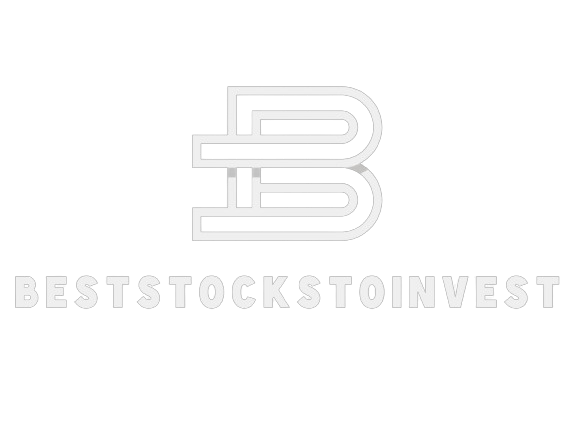Subscribe to newsletters

Terex Stock’s Remarkable Journey: Doubled in 18 Months, Poised for Further Growth
In a positive development, heavy equipment manufacturer Terex (TEX) witnessed an uptick in its Relative Strength (RS) Rating, climbing from 69 to 73 on Tuesday before settling at a still-strong 70 RS Rating by day-end. While facing a minor dip amid a broader market pullback, Terex’s impressive financials, marked by surging profits and sales, position it as a stock worth monitoring.
Over the past four quarters, Terex has demonstrated robust revenue growth, posting figures of 23%, 23%, 30%, and 15%. Concurrently, its earnings have seen significant increases of 63%, 116%, 120%, and 46% during the same period.
Approaching the Benchmark
The RS Rating of 73 indicates that Terex stock, a competitor to Caterpillar (CAT), surpasses 73% of all stocks in terms of price performance, approaching a benchmark. Historical market analysis suggests that stocks with RS Ratings of 80 or higher in the early stages of their uptrend tend to be the best performers.
Terex stock, which hit a low of 26.64 in July 2022, has since more than doubled in the past 18 months, closing at 56.81 on Tuesday. Presently, Terex is forming a consolidation pattern with a buy point of 65.64. Investors are advised to observe whether the stock can break out at a volume at least 40% higher than usual. It’s important to note that this marks a third-stage base; while later-stage patterns can still yield breakouts, they are generally considered less likely.
Strong Fundamentals and Institutional Interest
Terex stock boasts a robust 91 Composite Rating and an impressive 94 Earnings Per Share Rating. Its B- Accumulation/Distribution Rating indicates that major funds are accumulating more shares than selling, while the A SMR Rating (sales + profit margins + return on equity) underscores the company’s excellent fundamentals.
Within the Machinery-Construction/Mining industry group, Terex holds the second rank among its peers, with Caterpillar at No. 1 and Manitowoc (MTW) at No. 3 among the top-rated stocks in the group.
For investors seeking promising stocks, considering relative price strength is key, serving as a reliable indicator of upward-trending stocks. The IBD Relative Strength Rating, ranging from 1 to 99, effectively gauges market leadership by comparing a stock’s price performance over the last 52 weeks against all other stocks.
